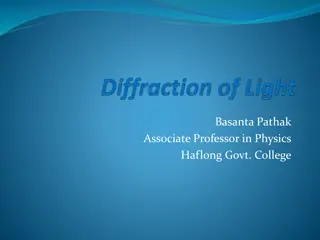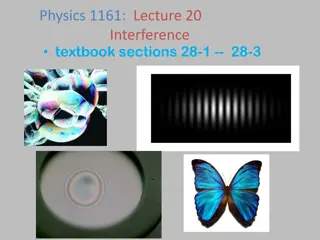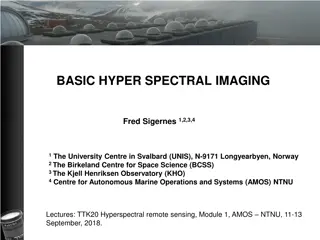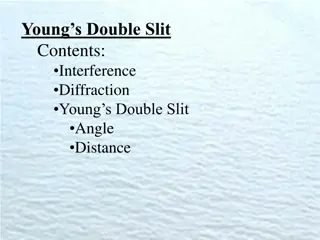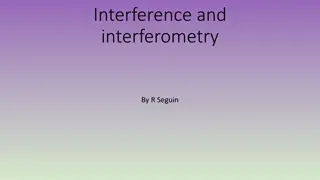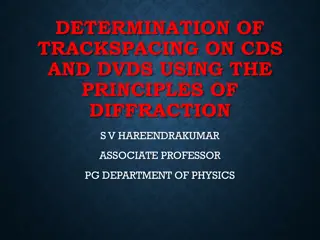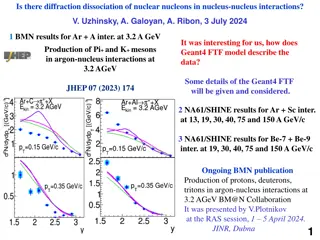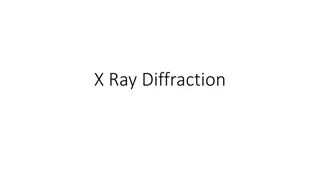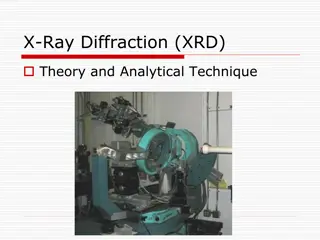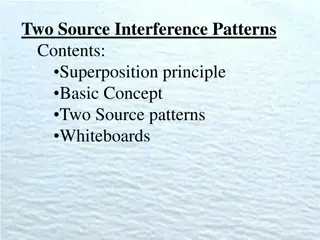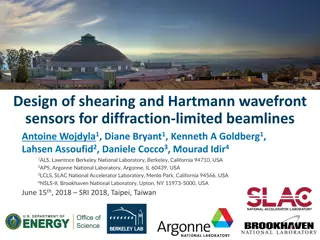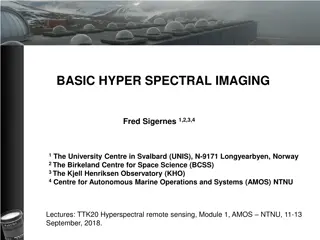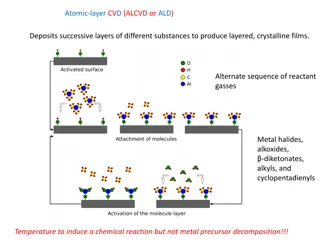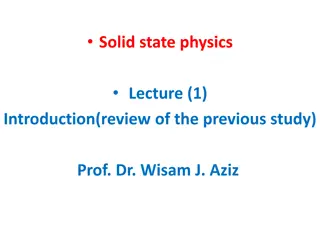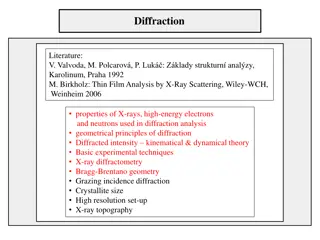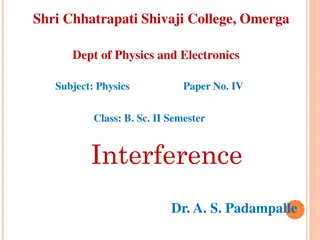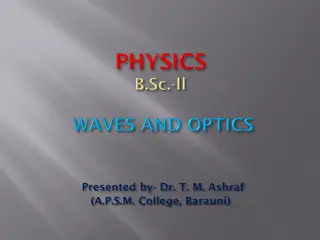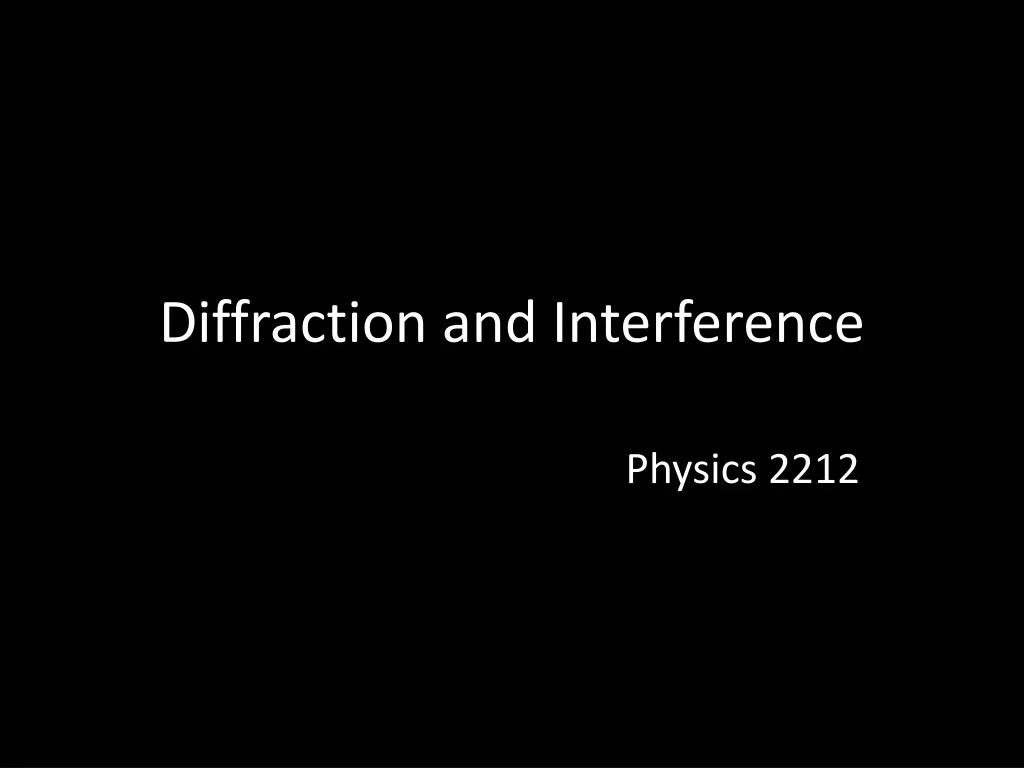
Understanding Diffraction and Interference in Physics
Explore the fascinating concepts of diffraction and interference in Physics through images and explanations. Learn about wave properties, wave fronts, Huygens' Principle, limits of visibility, interference, Young's Interference Experiment, diffraction grating, and more.
Download Presentation

Please find below an Image/Link to download the presentation.
The content on the website is provided AS IS for your information and personal use only. It may not be sold, licensed, or shared on other websites without obtaining consent from the author. If you encounter any issues during the download, it is possible that the publisher has removed the file from their server.
You are allowed to download the files provided on this website for personal or commercial use, subject to the condition that they are used lawfully. All files are the property of their respective owners.
The content on the website is provided AS IS for your information and personal use only. It may not be sold, licensed, or shared on other websites without obtaining consent from the author.
E N D
Presentation Transcript
Diffraction and Interference Physics 2212
Light Light has Wave properties Light can Diffract Light can Interfere Constructively Destructively
Wave Fronts Lines that are perpendicular to the motion of the wave, indicate the location of the crests in the waves that are traveling together.
Huygens Principle a) Wave fronts are made up of tinier wave fronts. b) Every point on any wave front is a new source for a secondary wave front.
Diffraction Any bending of a wave around an obstacle or edges of an opening by means other than reflection or refraction. This gap is less than This gap is greater than
Cont.. Water waves easily bend around obstacles Light waves bend due to the lack of a sharp shadow on the wall
Diffraction- Limits of Visibility Diffraction is a limiting factor when we want to see very small objects with microscopes. If the size of the small object is the same as the wavelength of light, the image will be blurred by diffraction.
Youngs Interference Experiment Bright fringes = constructive interference Waves arrive at the screen in phase Dark fringes = destructive interference Waves arrive at the screen out of phase
Diffraction Grafting A diffraction grating consists of thousands of parallel slits etched on glass so that brighter and sharper patterns can be observed than with Young s experiment. Equation is similar. d sin = n d sin n = 1, 2, 3, d
Single-Color Interference from Thin Films Interference fringes can be produced by the reflection of light from two surfaces that are very close together. If you shine a single-color (monochromatic) light onto stacked (with an air wedge) plates of glass, you ll see dark and bright bands.
Cont The reason for the dark/bright bands is that reflected light from the top plate interferes destructively/constructively with light reflected from the bottom plate.
Iridescence from Thin Films Iridescence: The phenomenon whereby interference of light waves of mixed frequencies reflected from the top and bottom of thin films produces a spectrum of colors. A thin film, such as a soap bubble or oil on water, has two closely spaced surfaces. Light that reflects from one surface may cancel light of a certain frequency that reflects from the other surface.
Incoherent Light Light emitted by a common lamp is incoherent. It has many phases of vibration as well as many frequencies. Incoherent light spreads out after a short distance and loses intensity.
Coherent Light A beam of light that has the same frequency, wavelength, phase, and direction is called coherent. There is no interference of waves within the beam and the beam will not spread out and diffuse.
Laser Light Laser light is coherent. LASER = Light Amplification by Stimulated Emission of Radiation In a laser, a light wave emitted from one atom stimulates the emission of light from a neighboring atom so that the crests of each wave coincide. Thus a coherent beam.
The Hologram The three-dimensional version of a photograph produced by interference patterns of laser beams. The interference of the laser beams produces fringe patterns on the photographic plate that record the depth of the surface of an object. The fringe pattern of a hologram diffracts light to produce wave fronts identical to the wave fronts given by the object.

